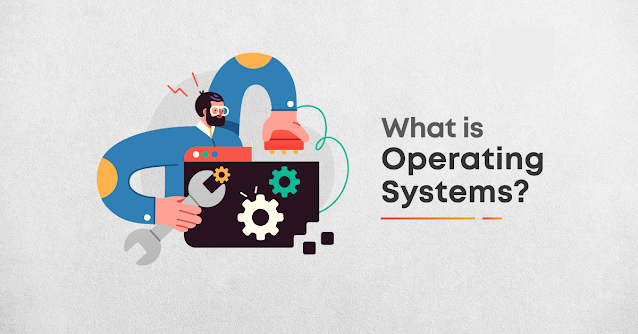What is SQL Language? Subset of SQL
What is SQL Language?
SQL is a database management language designed by Donald D.Chamberlin Raymond F.Boyce in 1974.SQL stands for Structured Query Language, which is used to perform various operations in a relational database management system. It is one of the fourth-generation programming languages used to handle and retrieve data from the database.
Learning SQL language is easy for anyone with prior knowledge
about another programming language. Apart from SQL, the various databases
include Oracle, MariaDB, MSSQL, MySQL, and PostgreSQL. Developers widely use
SQL because it adapts to any database, which helps users access their records
whenever needed.
Subsets in SQL
The subsets of
SQL are subdivided into four types.
Data Control Language
As the name
suggests, data control language manages the permission and right to access the
database management system. The two main commands used in DCL are,
GRANT-This command permits the user to
access the database objects
REVOKE-This command acts opposite to the
previous command, where it withdraws the access permission provided by the
Grant command.
Data Manipulation Language
The SQL
commands which deals with the manipulation of record or data in a database is
termed Data Manipulation Language. The various types of queries used in DML
are,
INSERT-This command is used to insert the
data or record in the table.
UPDATE- This command is used to update the
data or record in the table, which is already present, called existing data.
DELETE-This command is used to delete the
data or record from the table.
SELECT INTO-This command is used to select the
concerned data from one table and insert it into the other table.
CALL-The process of calling a sub-program
which includes Java or SQL.
LOCK- The lock command is used to lock the
particular data, so only one user is allowed to change the data, which stops
multiple database users from modifying the same data.
EXPLAIN PLAN-The path to the data is described
here where users easily access the data.
Data Definition Language
The Data
Definition language is used to define the database system. It is used to
represent the structure of the database. The functions include create, modify,
alter etc., which are used to design the database, not able to modify the data.
The commands include,
CREATE- The process of creating the database
includes tables, indexes, views, functions, and procedures.
ALTER-The structure of the database is
altered by using alter command.
DROP-The drop command is used to delete
the objects from the database.
COMMENT-In the data dictionary, the regarding
comment is added.
RENAME-It is used to rename the object
already present in the database.
TRUNCATE-All the records or data has been removed,
including spaces using the truncate command.
TRANSACTION CONTROL LANGUAGE
As the name
suggests, Transaction control language is for the process of handling
transactions with the database management system. By using TCL commands, the
objects are executed in a single unit.
COMMIT-It is used to commit the database,
where the commit command is used after the necessary changes are made to the
database. Once this command is used, the database can't roll back to its previous
state.
ROLLBACK- The rollback transaction helps the
database return to its previous state by cancelling the concerned transaction
set. If some data are deleted unknowingly, or some error occurs, the rollback
commands help revert the data.
The SAVEPOINT-Save point helps roll back to the
previous state for the desired data without changing the whole data. The entire
transaction in a table is not affected. Only the particular data is transacted
back.
SET TRANSACTION initiates the transaction for the current
data or record, enabling read-only or read-write. It does not affect other
transactions or other users.
Feature of SQL
Creating the Database-Using SQL, one can create the
database used for storing, retrieving, and manipulating the data. To get the desired
output, it is easy to combine two tables.
Accessing the database- The database users are granted
permission to access the database to implement various functions.
Managing the database-It is mandatory to manage the
database, as large business sectors and companies widely use it. Handling large
sets of data is a large task.
Database Manipulation-Manipulation in the terms referred to
create, alter, modify, delete etc., are some of the functions used to make
changes in the data.
Website Usage-SQL is a programming language which
is integrated with another programming language. To embed SQL in other
programming languages has some extensions.
Summary
In this
technological and digital world, the amount of data is increasing daily.
Handling and managing large sets of data is a challenging one. A database
management system helps the users store and retrieve their data whenever
needed. Both pros and cons are in a database management system. It is
inevitable to use database management to maintain large sets of data.




Comments
Post a Comment